As much as it may appear to be, the movie Brooklyn (2015) is not primarily about the city Brooklyn or a girl named Brooklyn. It is, however, based on a novel by Colm Tóibín which is titled Brooklyn. This film is about an Irish girl named Eilis, played by Saoirse Ronan, who travels from Ireland to New York. Set in the 1950s when Irish migration to New York was blooming, she arrived in search of a happier lifestyle and better job opportunities. Director John Crowley’s take on this book-to-film adaptation captures the author’s delicate conversations and meshes it perfectly with the actress’ and actors’ performances, creating a rich, romantic period drama that follows not only Eilis’ story, but her heart. Eilis transitions to a different lifestyle and meets different people, and ultimately, truly finds where she wants to call home.
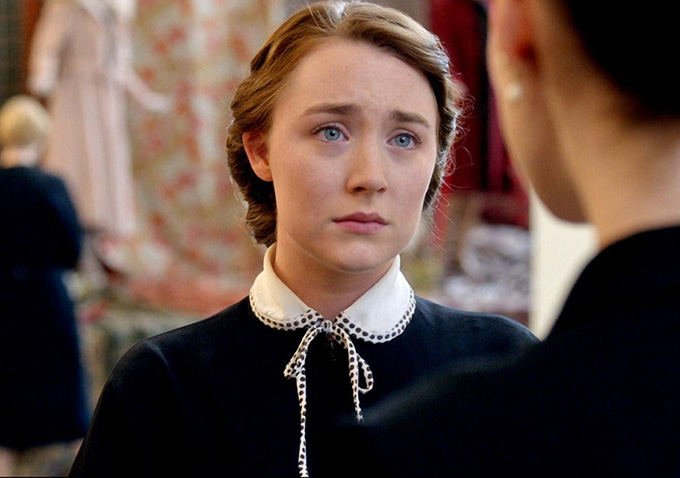
Saoirse Ronan as Ellis Lacey.
Brooklyn was set during a time when Irish migration to New York was in the middle of a second minor wave. This migration rush first started after the Great Famine and slowed down after World War II. Approximately 50,000 Irish immigrants were traveling to the United States during the same time as Eilis is during the movie. They were accompanied with surges of immigrants from many other countries at the same time which has led the United States to becoming the vast culture-mixing pot that it is today. What made Brooklyn stand out from other immigrant stories is that it contains and highlights a female lead. Many immigrant tales, until this one, have mostly followed a male lead.
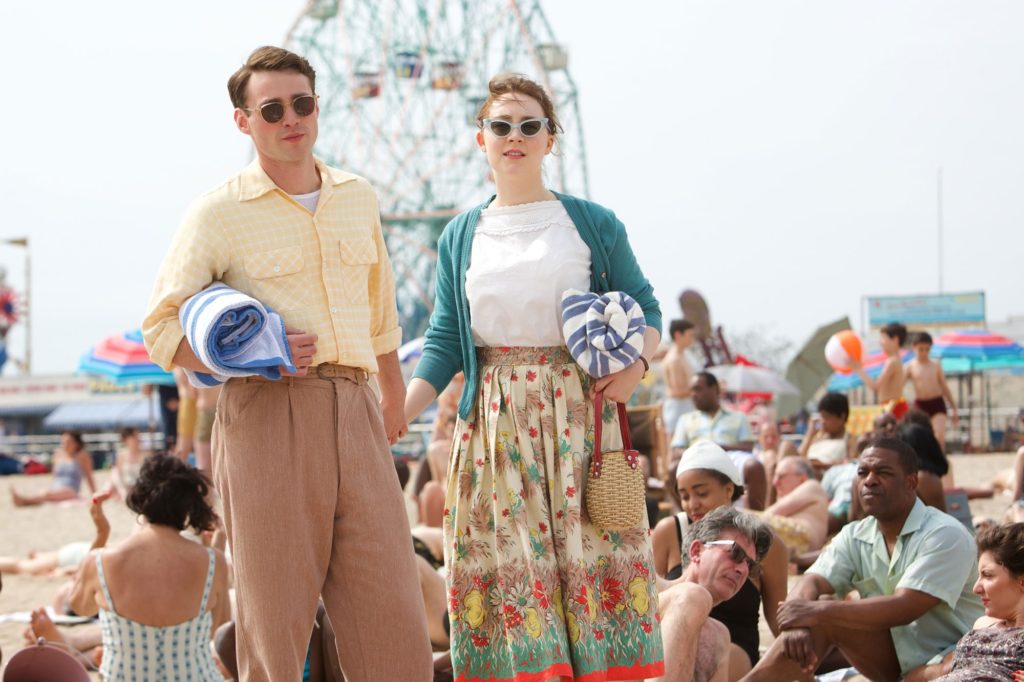
Emory Cohen as Tony Fiorello and Saoirse Ronan as Eilis Lacey at Coney Island.
Brooklyn is a deeply moving melodrama where we follow Eilis’ physical journey along with the emotions she feels, whether it is homesickness, nostalgia, or love. As you watch the film, you are able to empathize with Eilis’ struggle with her missing her home in Ireland, her heart-wrenching search for independence, and eventually, her love for Tony, an Italian-American boy played by Emory Cohen. As we watch their romance blossom, we really start to see her go through a change of heart and she becomes this new, transformed Irish girl in New York, so confident and starting to stand up for herself. Yves Bélanger’s cinematography and Michael Brook’s music score played a big part in giving the film a nostalgic and homely feel.
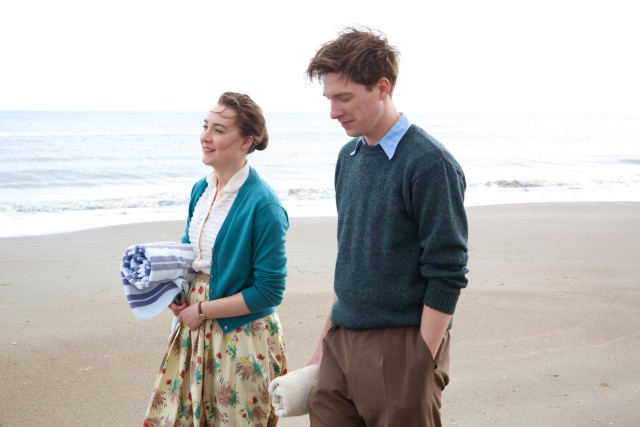
Eilis and Domhnall Gleeson as Jim Farrell.
The acting performances in Brooklyn cannot go without praise. In particular, Saoirse Ronan’s performance as Eilis gained her critical acclaim for starring in this role. Ronan is Irish and viewers are able to hear her take on an Irish country accent in this film, which differs from her natural Dublin accent. Ronan’s exponential rise to fame can be credited to playing an American teen in Greta Gerwig’s Lady Bird (2017) and Jo March in Gerwig’s Little Women (2019) adaptation, both of which – as well as Brooklyn – earned her Academy Award nominations for Best Actress. Her performance in Brooklyn was a necessary, big step to reach her current status as one of the greatest actresses of her generation, or, as her generation’s Meryl Streep. Aside from Ronan, the supporting cast gave wonderful performances as well, including her two love interests. Cohen was ideal as the lovestruck Tony Fiorello, a plumber who dreams of building a life with Eilis. Domhnall Gleeson was perfect as the reserved and kind Jim Farrell, who is mainly there as a glimpse into an alternate future had Eilis stayed in her small town, Enniscorthy. Both were worthy contenders for Eilis’ affections. Words of adoration need to be awarded to Julie Walters’ portrayal of the sharp-tongued Mrs. Kehoe, Eilis’ landlady, who provides most of the comedic relief in the film.

Julie Walters as Mrs. Kehoe with Eilis and other girls in her boarding house.
A big theme that Brooklyn covers is culture differences and roots. The film sandwiches Eilis’ experience in America with her life in Ireland. Throughout most of the film we mostly see Eilis’ internal conflict, her struggle to adapt to the change of culture, and her deeply missing her family. When she has managed to overcome these things and starts building a decent life for herself – one that she could not find when she was back in Ireland – she is eventually summoned back to her home country. Once back in Ireland, her perspective and life is now very different, and she starts being given opportunities that she would not have gotten had she not left Ireland in the first place. Having become a new person that managed to also overcome her internal conflicts, the final third of the film addresses her conflict against society. She is pressured by the societal expectations in small-town Ireland to stay there with her lonely mother, and with Jim Farrell, who many were expecting to see Eilis end up with. Eilis was only reminded of her life in the United States after Miss Kelly, a local shopkeeper, shared some gossip she heard about Eilis’ life in the United States.
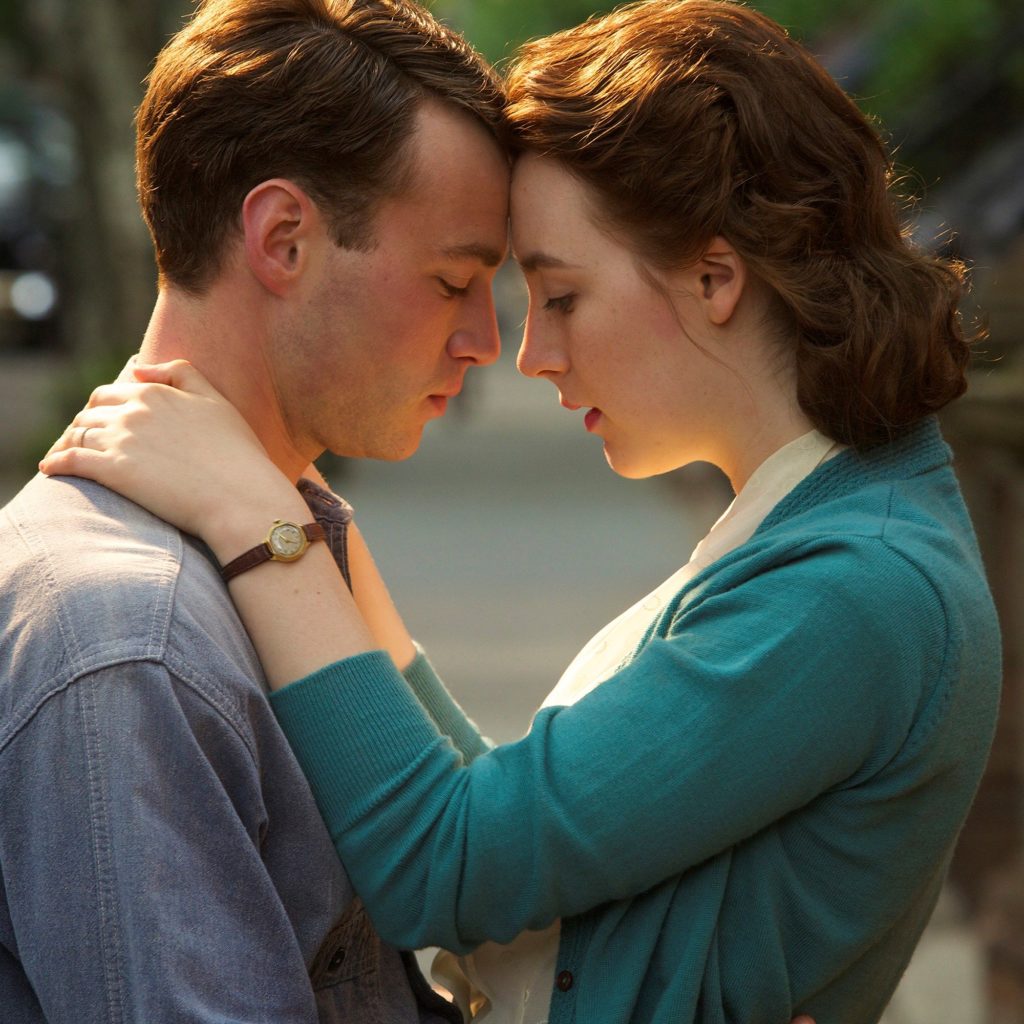
Tony and Eilis embrace in the streets of Brooklyn.
Initially, it is hard to think this film could be so emotionally heart-wrenching to an audience that did not have a similar experience to Eilis’, but John Crowley’s empathetic adaptation is able to capture the title character’s true heart and emotions. The film was praised as a faithful adaptation of the novel by Colm Tóibín as well. We watch Eilis’ heart constantly transform and change from missing home, to finding herself through her life in the United States, to missing her sister and family, then on to her plans to build a life with Tony. Brooklyn teaches us about how much we can grow and the people we can meet once we step outside our comfort zone and embrace change in our lives. I believe what makes the audience feel so empathetic to Eilis’ situation is because, like Eilis, we are all constantly searching for a place we can truly call home.

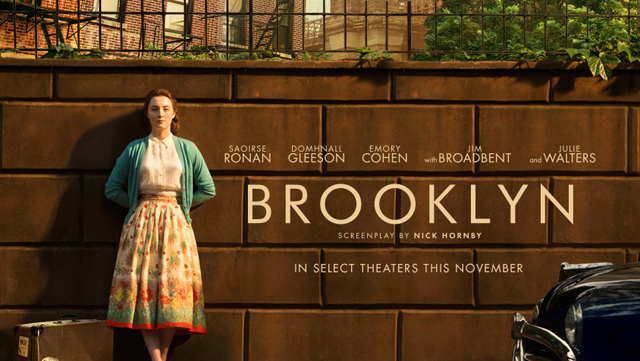
Recent Comments